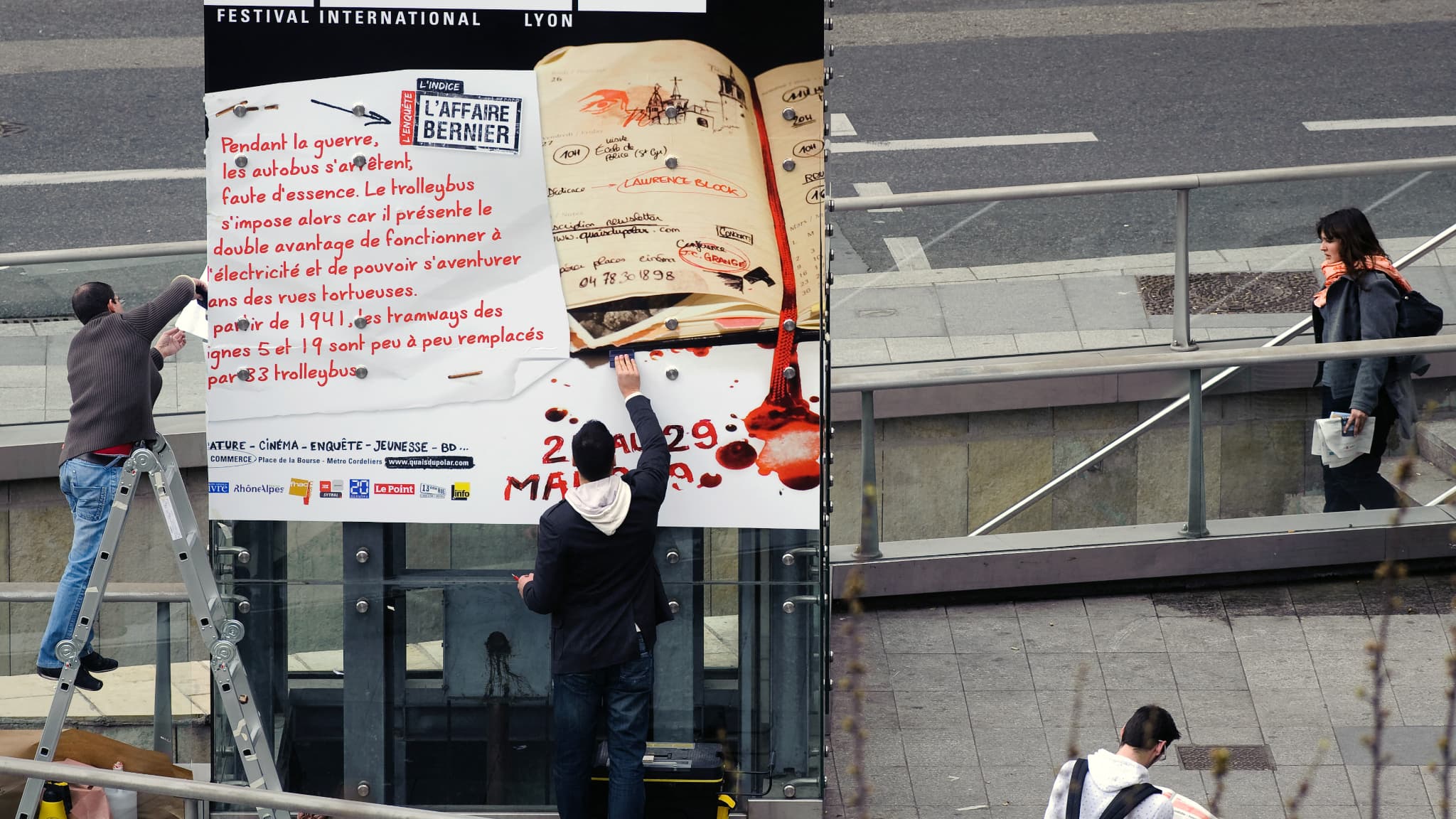Jorge Ocana
Brussels, Apr 17 (EFE) .- In 1868, in a very young Belgium, Maison Bernard opened its doors, a historic workshop for the manufacture and repair of string instruments that keeps the practices of the primitive luthiers almost intact and has been awarded now with a prestigious award for the maintenance of the trades.
Tradition, manners and family come together in what is now the oldest luthier in Europe and whose legacy has been recognized by the prestigious ‘Family is Sustainability’ award, endowed with 100,000 euros and awarded by the Primum Familiae Vini (PFV) association. an international organization of some of the world’s leading wine producing families from France, Germany, Italy, Portugal and Spain.
Jan and Matthijs Strick, father and son and owners of Maison Bernard, mold and polish with chisels, files and their own hands each of the instruments that have led them to win the award above other renowned family clans, such as the Italian company Giusto Manetti Battiloro, who got to work in its beginnings with Michelangelo in the Cathedral of San Pedro of the Vatican.
Despite the mastery and excellence of his pieces that are sold to clients around the world, Jan refuses to call them “works of art” and prefers to baptize his profession as “artisan artists”.
“We like to put something into the work we do to have an exclusive product at the end. And this is really what differentiates our violins from a factory one ”, the patriarch tells Efe, who acknowledges that the award represents“ more than he could have ever imagined ”.
The history of Maison Bernard is an example of how families are not only formed by blood ties: Strick father is the fifth generation of these luthiers, but the previous owner was not his father or any relative, but his teacher, Jean Bernard, who died without issue.
However, the feeling of intergenerational is the essence of this artisan violin factory, in which Jan landed in 1977.
Like its techniques, its headquarters, located in the heart of Brussels, seems frozen in time, with a large hall that acts as a hall and that more than once has been turned into a small improvised concert hall when some World-famous artist has come to collect his instrument, Matthijs recounts.
The 29-year-old Stick man did not always want to follow in his father’s footsteps. Like almost all adolescents, in those days he denied his father’s job and preferred to take a different path.
Everything changed six years ago, when he realized that studies were not his thing and began to make violins at Maison Bernard. “It was a very pleasant feeling and I never stopped doing it, every day I love coming to work,” he details.
The workshop, located in the back room, has a particular aroma that is difficult to detail, but which is undoubtedly capable of transporting anyone to a pre-modern Brussels, when the Grand Place was full of craftsmen’s guilds and was not a tourist enclave.
On one of the tables, and among jars of varnish and utensils, rests an open violin in a canal, half repaired, almost four centuries old.
Holding such a relic in your hands produces a lot of respect, as if you were trying to ‘take care of a fragile baby’, Matthijs recounted shortly before carefully removing it to continue with other work.
With the same care and precision as a surgeon with a scalpel, the young Strick outlines the deep marks of a violin neck with a chisel, under dozens of finished instruments that hang from the walls of the workshop.
The most arduous commission that Jan remembers in his nearly 50 years dedicated to the profession recently passed through this same workshop: the repair of an original Stradivarius violin dated 1732.
It took a year and a lot of skill to put together a piece of this caliber and respect the original wishes of the original luthier, compared to the month and a half it usually takes to create each of his instruments from scratch.
Years of experience, he reveals, have given Jan a special nose for differentiating between hundreds of instruments that offer him which one deserves to be repaired by his hands.
“You can have ten spectacular violins in front of you, and you will know how to choose which one is the best of all”, he reveals shortly before putting on the apron and returning, as every day for almost half a century, to creating “artisan art”. EFE
– .


